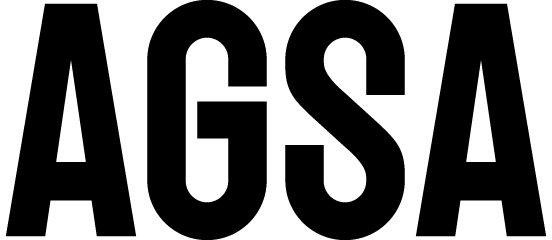/https://agsa-prod.s3.amazonaws.com/media/dd/images/81456-EX-WR-20193G42.1a05465.jpg)
World Environment Day
Only One Earth
Climate change, nature and biodiversity loss, and pollution and waste –evidence that Earth is “code red” is all around us and growing more ominous every day. The way out of this dilemma is to transform our economies and societies to make them inclusive, fair, and more connected with nature. We must shift from harming the planet to healing it.
Artists have the capacity to tell us about our world and ourselves in ways that are poetic and potent and challenge us to understand and engage in our world. Contemporary art is always related to the time and place in which it is produced, so it is ideal to look to artists whose work responds to environmental concerns of our time.
A lot of Aboriginal and Torres Strait Islander art has to do with ‘Country’
The term ‘Country’ is all-encompassing and includes the land, sea, sky and everything contained therein. Artist and curator Nici Cumpston explains: ‘Country is spoken about in the same way non-Aboriginal people may talk about their living human relatives. Aboriginal peoples cry about Country, they worry about Country, they listen to Country, they visit Country and long for Country’. Some artists represent features of the landscape in their works of art to communicate their profound, ongoing relationship with Country. Other artists raise awareness about the dispossession of Country as a result of invasion, using art to assert their rights as Traditional Owners of land and sea.
/https://agsa-prod.s3.amazonaws.com/media/dd/images/81456-EX-WR-20193G42.1a05465.jpg)
Badger Bates
Learn about waterways and ecosystems.
/https://agsa-prod.s3.amazonaws.com/media/dd/images/91342-EX-HQ-ERUB_IMG_9087_RGB.15c5d7e.jpg)
Erub Arts Collaborative
Learn about ghost nets.
/https://agsa-prod.s3.amazonaws.com/media/dd/images/75784-HQ-20185P91.9c3e609.jpg)
25 Essential Facts about Aboriginal Art
Discuss some of the misinformation about Aboriginal and Torres Strait Islander art with your students.
/https://agsa-prod.s3.amazonaws.com/media/dd/images/20170621_Reko_Rennie_Mural_Wall_SRGB_2000px_Photo_Saul_Steed_0Z2Y3791.d985cd7.jpg)
Aboriginal & Torres Strait Islander Art Resources
Incorporate Aboriginal and Torres Strait Islander art into your classroom in a culturally appropriate way.

/https://agsa-prod.s3.amazonaws.com/media/dd/images/bhp_blk_rgb_pos.33597bc.jpg)
:format(webp)/https://agsa-prod.s3.amazonaws.com/media/dd/images/Kulata_Tjuta_Installation_Adobe_RGB_Photo_Saul_Steed_0Z2Y6832.75266e8.jpg)
/https://agsa-prod.s3.amazonaws.com/media/dd/images/82033-HQ-LTF192-78_2926-19_Composite_Small.50cb830.jpg)
/https://agsa-prod.s3.amazonaws.com/media/dd/images/EX-WR-LTF2111-5_Naomi_HOBSON_NH201901005P_Road_Play_Adolescent_Wonderland_SRGB_2000px1.68d4ae8.jpg)